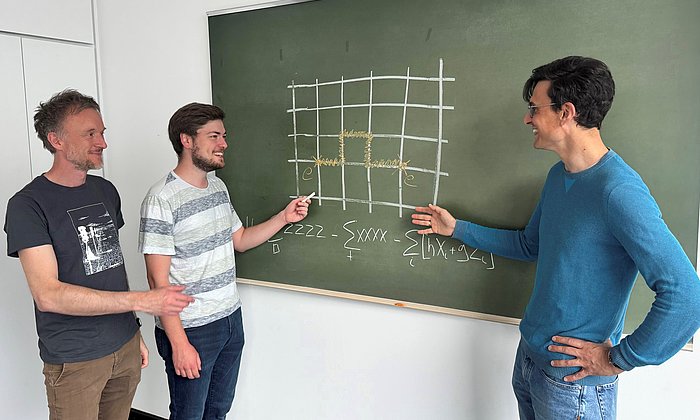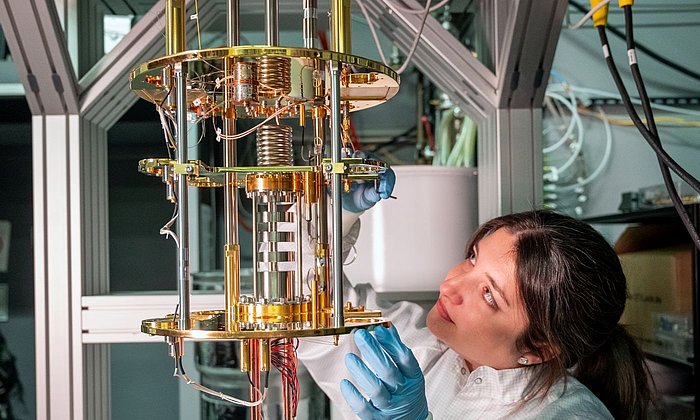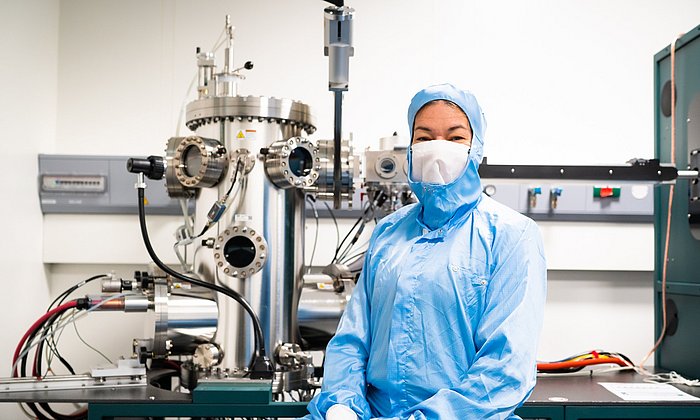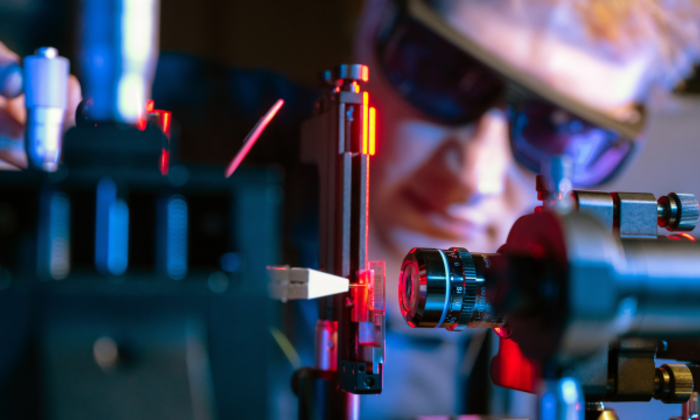QUICK³ mission to explore future secure communication technology
Quantum satellite launched into space
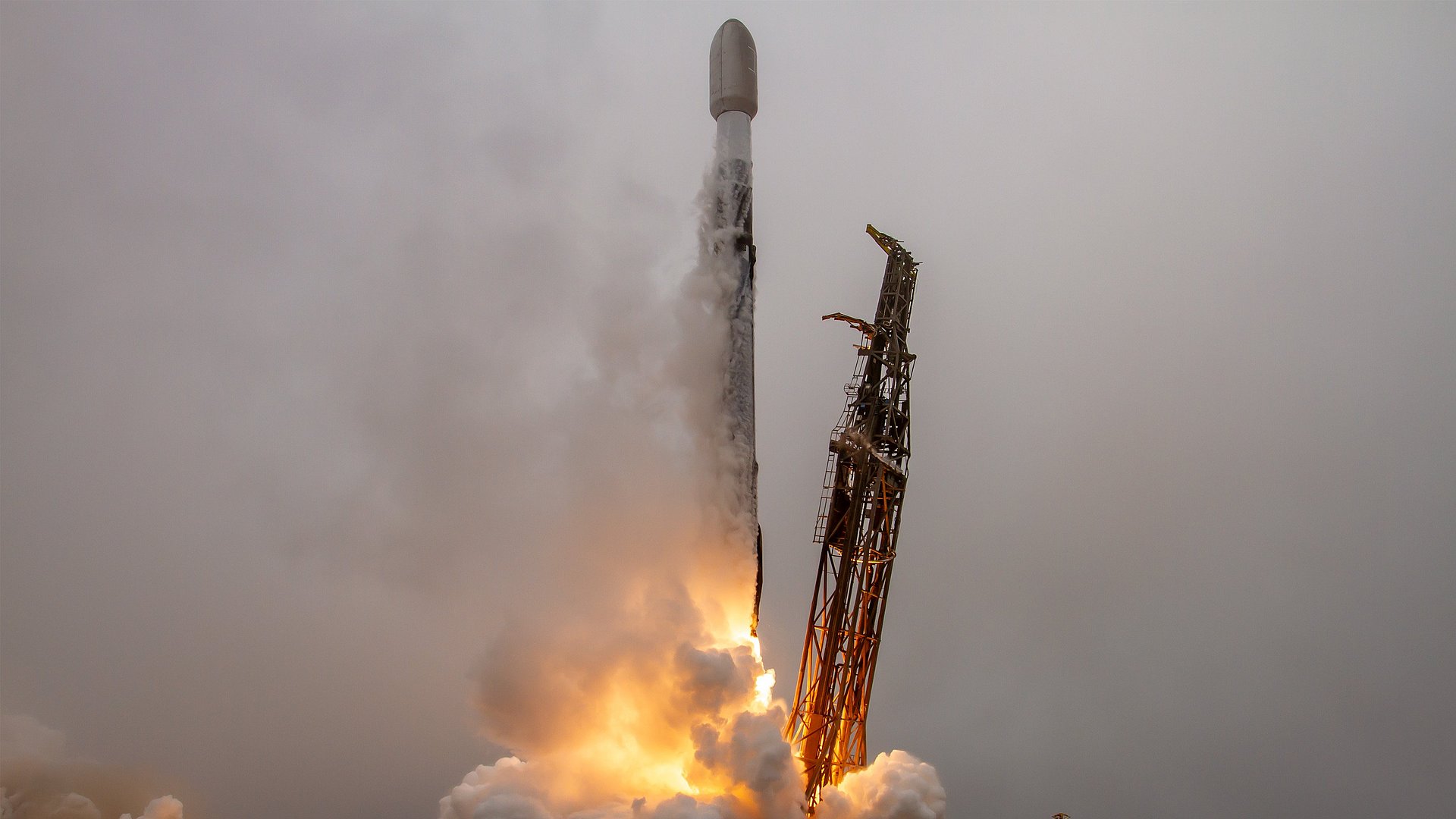
The QUICK³ satellite is no bigger than a shoebox and weighs around 4kg. Its mission: to test quantum communication components that will achieve fully secure data transmissions from the sender to the receiver. Unlike conventional communications through fiber-optic cables, the information transmitted by a quantum communication satellite is not contained in light pulses made up of many photons but rather in individual, precisely defined photons. These photons have quantum states that make the transmission absolutely secure. Because any attempt to intercept the message will change the state of the photons, it will be immediately detected. The individual photons can neither be copied nor amplified, however. This limits their range in fiber-optic cables to a few hundred kilometers. Satellite-based quantum communication therefore utilizes the special characteristics of the atmosphere. In the upper atmospheric layers there is minimal scattering or absorption of light. This results in ideal conditions for secure data transmissions over long distances.
To make quantum communication an everyday reality, a globe-spanning network of several hundred satellites will be needed. Before that, however, the QUICK³ mission aims to demonstrate that the individual components of the nano satellite can withstand conditions in space and successfully interact. Along with researchers from the Technical University of Munich (TUM), the QUICK³ satellite was developed primarily by scientists at Friedrich Schiller University Jena (FSU), the Ferdinand-Braun-Institut, Leibniz-Institut für Höchstfrequenztechnik (FBH) and Technical University Berlin (TUB) along with international partners at the Institute for Photonics and Nanotechnologies (CNR-IFN) in Italy and the National University of Singapore (NUS).
QUICK³ nano satellite uses single photon source instead of laser beams
“In this mission we are testing single photon technology for nano satellites for the first time,” says Tobias Vogl, Professor of Quantum Communication System Engineering at TUM and leader of the project. “At present there is no comparable project anywhere in the world. Either the satellites are much heavier and therefore more expensive or they operate with lasers, which greatly reduces the data transmission rate. The transmission speed is a key advantage of our system, but the satellites have only a few minutes of line-of-sight contact with ground stations on each orbit.”
The second goal of the mission is to test the Born probability interpretation of the wave function under zero gravity conditions. The function describes the probability of finding a quantum particle in a measurement at a specific location – a central concept of quantum mechanics. The question of whether this rule also applies universally, even in outer space, has never been experimentally verified.
- The QUICK³ mission is an international research project. The quantum light source was built by the teams at TUM and FSU and integrated with an optical chip from CNR-IFN in Italy. FBH built a laser system to stimulate the quantum light source that is controlled by electronic components from NUS. TUB was responsible for controlling the experiments in space and the interfaces between the payload and the satellite.
- Tobias Vogl was appointed as a professor of Quantum Communication System Engineering at the TUM School of Computation, Information and Technology in July 2023.
- The project is funded by the Federal Ministry for Economic Affairs and Energy.
Technical University of Munich
Corporate Communications Center
- Julia Rinner
- presse@tum.de
- Teamwebsite
Contacts to this article:
Prof. Dr. Tobias Vogl
Technical University of Munich (TUM)
Professor of Quantum Communication System Engineering
tobias.vogl@tum.de
www.tum.de
